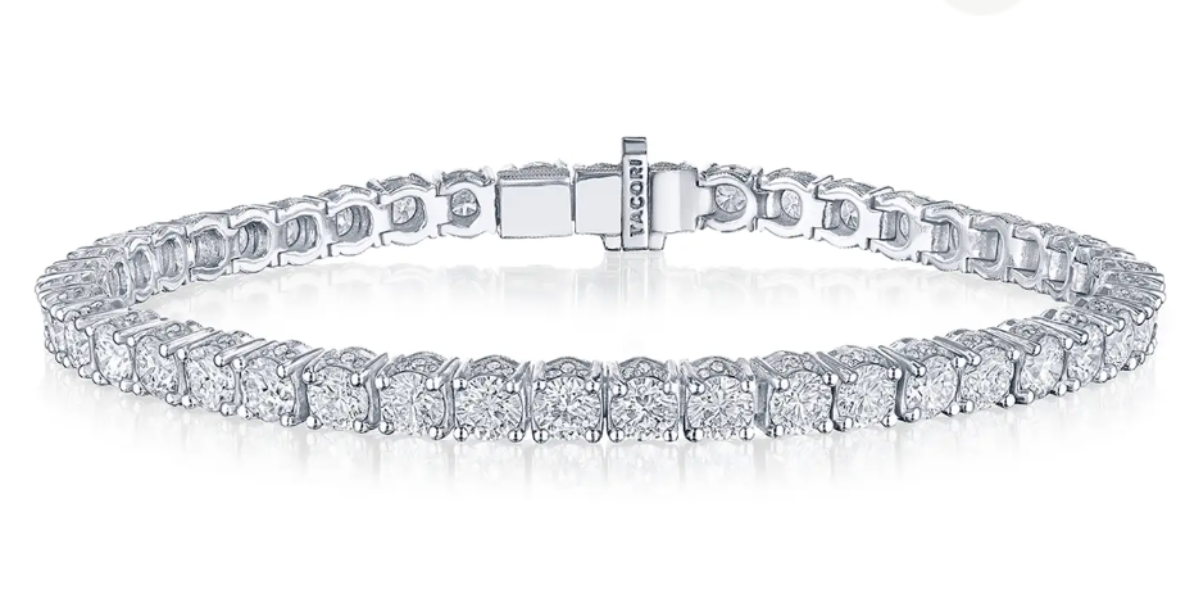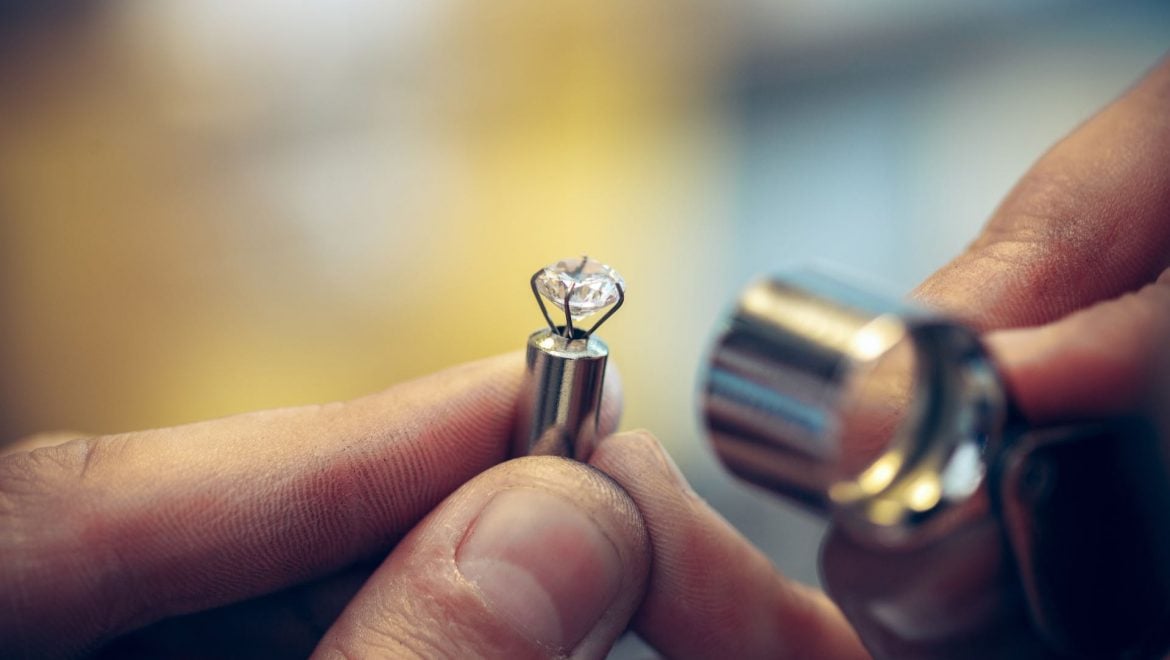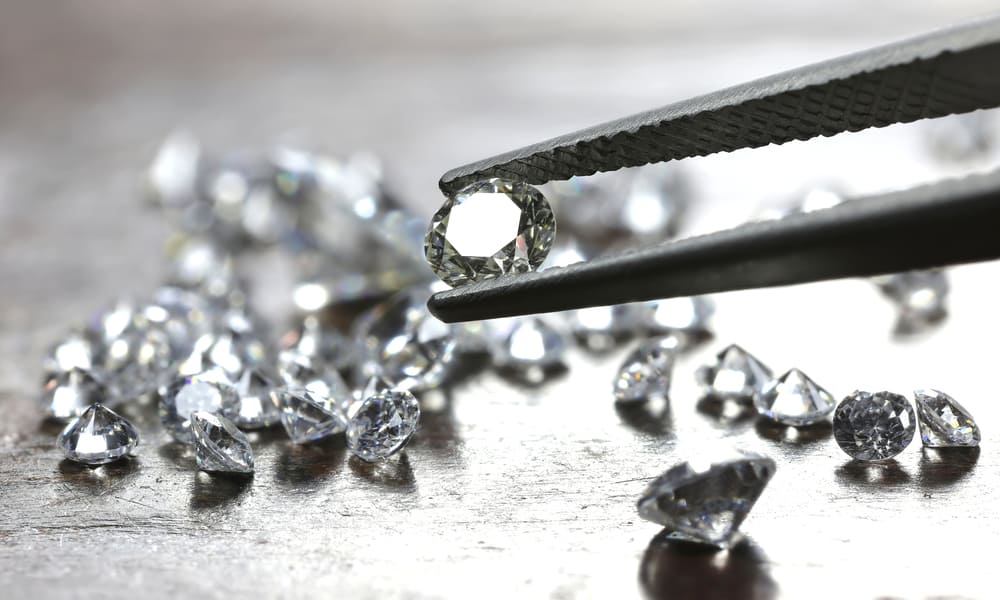Introduction to Dressing for Success
When it comes to climbing the professional ladder, dressing well isn’t just about aesthetics—it’s a strategic move. Ever wondered why some people seem to command a room with their mere presence? It’s not just charisma; often, it’s their attire speaking volumes. Dressing for success can significantly impact how others perceive you and, more importantly, how you perceive yourself. So, let’s dive into why this is crucial and how you can harness it for your career advancement.
The Power of First Impressions
They say you never get a second chance to make a first impression, and when it comes to your professional life, this couldn’t be truer. A well-chosen outfit can convey confidence, competence, and professionalism. Imagine walking into a room wearing a perfectly tailored suit—instantly, people might see you as a leader. On the flip side, a mismatch of clothing can have the opposite effect. First impressions matter dress for success, so make yours count!
Why Your Attire Matters
Your attire speaks before you say a word. It sets the tone for your interactions and can influence how others perceive your competence and seriousness. Think of it this way: your clothes are a silent but powerful introduction. They can enhance your credibility or undermine it, depending on how well they align with your professional goals.
Understanding the Dress Code
Navigating dress codes can be tricky, especially with the varying norms across industries and organizations. Let’s break it down.
Formal vs. Business Casual: What’s the Difference?
Formal wear is often associated with high-stakes meetings, presentations, and traditional workplaces. It includes tailored suits, dress shirts, and polished shoes. Business casual, on the other hand, is more relaxed—think chinos, collared shirts without a tie, and loafers. Understanding the difference and knowing when to switch between the two can make a significant difference in how you’re perceived.
Casual Fridays and the Modern Workplace
Casual Fridays have become a staple in many workplaces, but this doesn’t mean anything goes. Even on casual days, it’s important to maintain a level of professionalism. Jeans and a nice shirt are generally acceptable, but avoid anything too casual, like graphic tees or ripped jeans. It’s all about striking the right balance between comfort and professionalism.
Building Your Professional Wardrobe
A well-curated wardrobe is key to projecting professionalism. Let’s look at some essentials.
Essential Pieces for Every Professional
Suits and Blazers
A well-fitted suit is a cornerstone of a professional wardrobe. Opt for neutral colors like navy, grey, or black—they’re versatile and can be mixed and matched with various shirts and accessories. Blazers can elevate a more casual outfit, adding a touch of sophistication.
Dress Shirts and Blouses
Quality dress shirts or blouses are essential. They should fit well and complement your suits or blazers. Stick to classic colors and patterns for a timeless look, and don’t shy away from experimenting with subtle textures or colors that add personality.
Shoes and Accessories
The Right Pair of Shoes
Shoes can make or break an outfit. For formal settings, go for polished dress shoes. Oxfords, brogues, and loafers are great choices. For women, classic pumps or flats in neutral colors are usually a safe bet. Make sure your shoes are well-maintained; scuffed or dirty shoes can detract from your overall appearance.
Choosing the Right Accessories
Accessories like watches, belts, and ties should complement your outfit without overwhelming it. A classic watch and a leather belt are must-haves. Ties should match the formality of your outfit—think silk for formal and cotton for business casual.
Color and Fit: Making the Right Choices
The colors and fit of your clothes play a crucial role in how you’re perceived.
The Impact of Colors on Perception
Colors can influence perception—blue often conveys trustworthiness, while black is associated with power and authority. Choose colors that align with the image you want to project. However, don’t be afraid to use accent colors to add a personal touch to your outfit.
Tailoring for the Perfect Fit
A well-fitting suit or dress shirt makes all the difference. Ill-fitting clothes, no matter how expensive, can look unprofessional. Invest in tailoring to ensure your clothes fit perfectly and flatter your body shape.
Creating Your Signature Look
Developing a signature style that suits you can help you stand out and feel confident.
Developing a Personal Style
Personal style is about blending trends with what feels right for you. It’s important to experiment and find what makes you feel comfortable and professional. Once you discover your style, it becomes easier to build a wardrobe that reflects your personality and enhances your professional image.
Mixing and Matching: Creating Versatile Outfits
Mixing and matching different pieces allows for versatility. A few key items can be combined in various ways to create multiple outfits. This not only helps in saving time and money but also ensures you always have something suitable to wear for any occasion.
Dressing for Different Professional Settings
Different settings require different approaches. Here’s a quick guide to dressing appropriately for various professional environments.
Corporate Environments
In corporate settings, it’s best to stick with traditional formal wear. Suits, dress shirts, and conservative colors are generally the norm. Ensure your attire is neat and polished, as this reflects your professionalism.
Lab created diamonds, also known as synthetic or man-made diamonds, are becoming an increasingly popular alternative to natural diamonds. These gems are grown in laboratories using advanced technological processes that mimic the natural conditions under which diamonds form in the earth. What sets lab-grown diamonds apart is their ethical and environmental advantages—they require significantly fewer resources and have a lower environmental impact compared to mined diamonds.
Creative Industries
Creative industries often have more flexibility in dress codes. You might have more freedom to express yourself through your attire. However, maintaining a polished and intentional look is still important. Think stylish yet professional.
Remote Work and Virtual Meetings
Even when working remotely or attending virtual meetings, dressing professionally can impact how you’re perceived. Opt for business casual attire that looks good on camera. Remember, your appearance still matters in a virtual environment.
Maintaining Your Professional Image
Keeping your professional image in check requires ongoing effort.
Regular Wardrobe Updates
Fashion trends change, and so should your wardrobe. Regularly updating your clothes ensures you stay current and maintain a fresh appearance. Invest in quality pieces that stand the test of time and gradually refresh your wardrobe as needed.
Caring for Your Clothes
Proper care extends the life of your wardrobe. Follow care instructions for washing and storing your clothes. Regularly clean and polish your shoes. This not only keeps your attire looking good but also demonstrates your attention to detail.
Conclusion: The Confidence Factor
Dressing for success isn’t just about looking good—it’s about feeling confident and projecting the right image. When you’re dressed well, you’re likely to feel more confident and poised, which can positively impact your professional interactions and success. So, put thought into your attire and let your clothes help you unlock your full potential.






More Stories
The Insider Story of Lab Grown Diamonds: A Better Alternative
The Timeless Charm of Diamond Bracelets
Diamonds #1 Question: Lab Made Diamonds